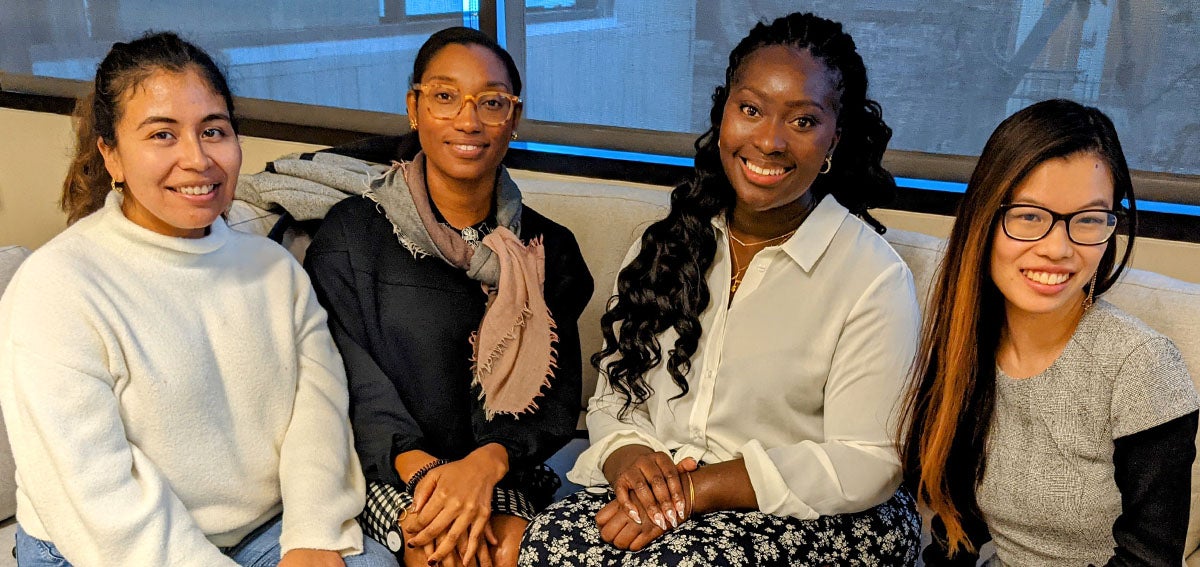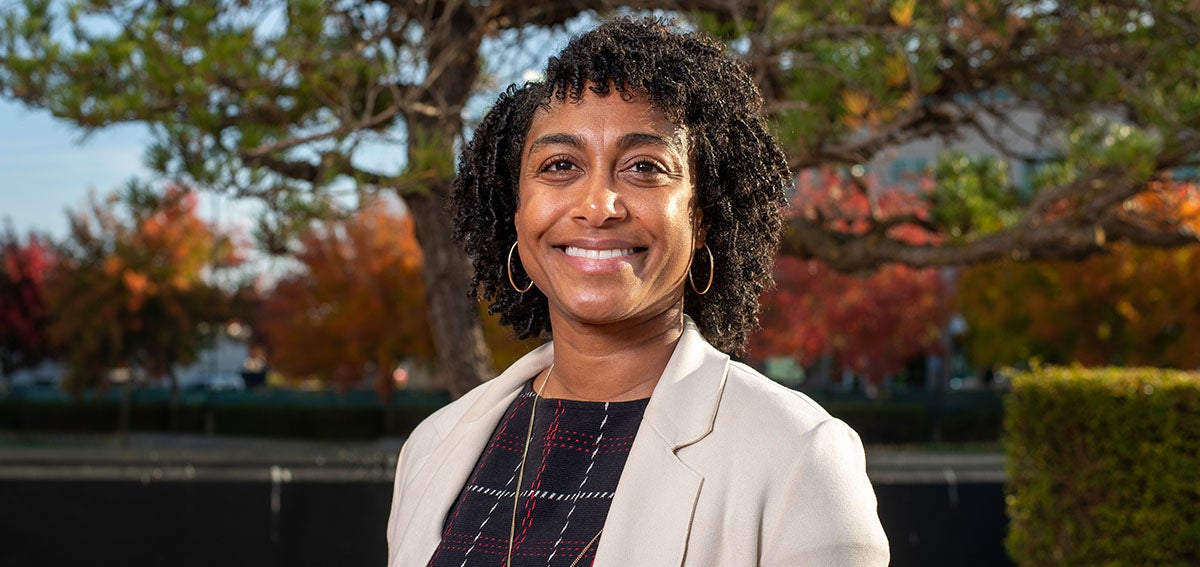
It is hard to believe how much the world has changed since the beginning of 2020, and how much uncertainty lies ahead.
COVID-19 has upended the way we live and work — and the way the health care system delivers care to us. The pandemic has produced a severe economic downturn, the long-term implications of which are only beginning to come into focus.
While the pandemic was exacting a tragically disproportionate toll on Black and Latinx communities, a horrified nation witnessed the brutal murder of George Floyd by police. These events brought health inequities and systemic racism into sharp relief and sounded alarms about American society. All of us — and especially members of the philanthropy community — must respond. CHCF’s mission directs us to improve California’s health care system for those “whose needs are not well served by the status quo.” This year has made it crystal clear who our current health care system is leaving behind.
While we hope that the Biden administration and Congress will work together to tackle all these challenges, the only thing we know for sure is that our nation remains extremely divided, both economically and politically.
In view of these realities, CHCF has decided to focus on what we can do to make the biggest impact right now through our grantmaking. Over the summer, CHCF reached out to dozens of leaders, including state policymakers, the people who lead Medi-Cal managed care plans and community health centers, and consumer advocates. We wanted to understand how they are responding to the unprecedented events of this year and what kinds of help they need most. We also commissioned a series of surveys during the pandemic and recession to track the experiences and needs of California residents and health care providers.
Those conversations gave us a more precise understanding of the threats facing Californians with low incomes and the organizations that serve them. First and foremost, the uncertainty we all are experiencing is real and shows no sign of abating. Among the many issues that surfaced are the fact that Californians have been delaying care and experiencing widespread financial and mental stress. For their part, safety-net institutions are facing their own budget challenges and are prioritizing immediate needs over long-term systemic reforms.
We are inspired by the ways in which people and organizations have adapted to these challenges. With telehealth, for example, we saw more policy progress and consumer acceptance in weeks than in the previous decade. Around the need to eliminate racial and ethnic health disparities, safety-net leaders share a palpable sense of urgency. Based on this input and extensive internal discussions, our board and staff identified the four key areas where CHCF is best positioned to have additional impact in the near term as part of our broader portfolio of existing work:
1. Leading with Health Equity
While it is not new for us to bring a racial and ethnic equity lens to our work, it will play a bigger role. We are launching a grantmaking program that focuses broadly on achieving health care equity for Black Californians, starting with understanding their experience of racism in the health care system and supporting and promoting the delivery of equitable, culturally humble (PDF) care by the health care workforce. Across our grantmaking portfolios, CHCF is doubling down on efforts to build racial justice and eliminate disparities. We will expand our investment in programs that ensure access to coverage and care for Latinx Californians and that prevent Black maternal deaths. We will continue to invest in contact tracing and data monitoring to prevent disproportionate death rates among Black, Latino/x, and other Californians who are most at risk from COVID-19.
2. Improving Access Through Telehealth
Telehealth has been a lifeline for Californians and one of the few major bright spots in health care and health policy this year. Consumer and provider experiences with telehealth during the pandemic have been largely positive, and most Californians now expect it to be a permanent feature of the health care experience. CHCF recently announced a $6.5 million initiative to help ensure that all Californians, including those with low incomes and those experiencing digital barriers, can benefit from advancements in telehealth. As part of that initiative, as many as 55 safety-net organizations across California will examine disparities in telehealth availability, test different approaches to ensuring access, and learn and share what works.
3. Caring for People Experiencing Homelessness
While the homelessness crisis existed in California before the pandemic, the coronavirus and the recession have exacerbated the health care needs of unhoused people and made efforts to provide care even more challenging. We have seen a great deal of innovation this year in the form of programs like Project Roomkey. CHCF will launch a major statewide survey of people experiencing homelessness to learn more about their physical and behavioral health needs and the best ways to respond to them. We will explore nontraditional ways of providing care to people with complex conditions, including medical respite care, sobering centers, and street medicine. And we will establish a California Health Care and Homelessness Learning Community — joining with health and behavioral health providers, homeless service providers, associations, and managed care plans — to bolster the collective wisdom about delivering high-quality care to this population.
4. Modernizing Health Data Systems
COVID-19 has underscored the value of quality, real-time health data and shown us how outmoded data systems prevent the many parts of our health care safety net from functioning as a cohesive whole. As health systems move toward greater care integration and coordination, it is essential that different providers serving the same patient be able to share data about that patient. That is especially true for patients with complex physical and behavioral health conditions. In the coming year, CHCF will invest more in giving California’s health care leaders and policymakers knowledge and tools to develop the necessary data infrastructure to deliver care for the whole person. We recently commissioned research on the current landscape, including gaps in data exchange within California, what other states are doing on the issue, and the types of patients and use cases that would benefit most from data systems being able to work together.
Increased Grantmaking
Given the unpredictable nature of this remarkable moment in California history, CHCF intends to be nimble in responding to new health care challenges. We believe that tackling inequities, addressing our homelessness crisis, solving access problems, and updating data systems are important issues where CHCF can make a difference right now. With that in mind, CHCF has boosted overall grantmaking this fiscal year by one-third. The goal is to jump-start our work in these priority areas and to respond to immediate pandemic needs without detracting from other CHCF efforts, in areas such as universal coverage and affordability, Medi-Cal accountability and improvement, behavioral health integration, publishing health care data, the CHCF Health Care Leadership Program, and high-quality health journalism.
No one can predict the future, but together we can build a more resilient California, starting with a health care system that is more compassionate, flexible, effective, and just.
Authors & Contributors






